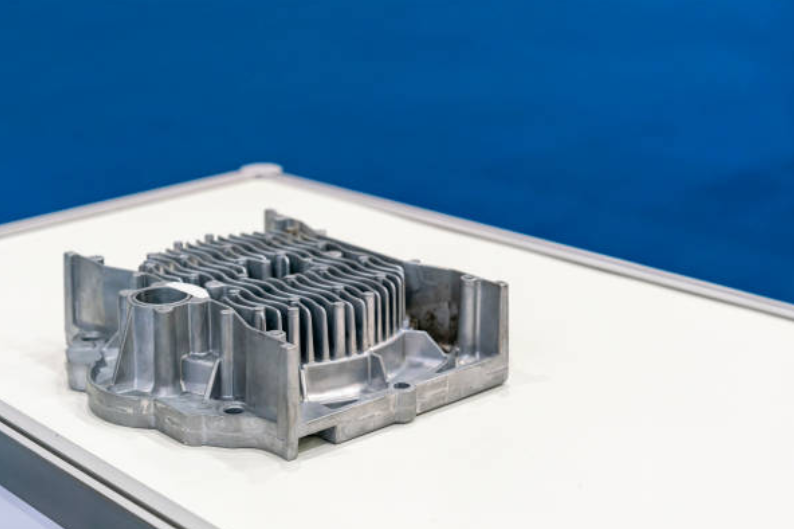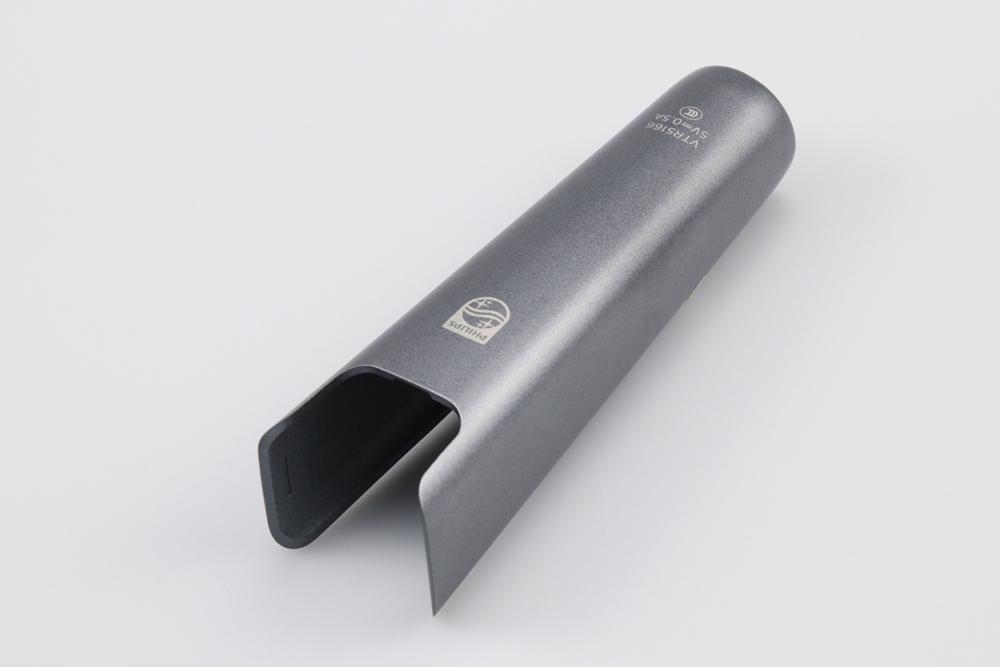How can manufacturers ensure consistent surface quality in aluminum die casting?
Importance of Surface Quality in Precision Casting
In aluminum die casting, surface quality determines not only the visual appeal of components but also their mechanical performance, coating adhesion, and corrosion resistance. Achieving uniform, defect-free surfaces across large production batches demands strict process control, optimized materials, and advanced finishing methods. Manufacturers specializing in custom parts manufacturing employ a systematic approach that combines precision casting, machining, and surface finishing to meet the standards of aerospace, automotive, and consumer electronics industries.
Alloy Selection and Mold Design Precision
Consistency begins with the choice of alloy and the quality of tooling. Premium alloys such as A380, A356, or ADC12 (383) offer excellent flowability and minimal porosity. Advanced mold design and simulation reduce turbulence, ensuring even metal distribution and minimizing casting defects that can later affect finishing quality. Proper gating and venting also control air entrapment, lowering the risk of blistering during anodizing or plating.
Process Control and Casting Parameters
Maintaining precise melt temperature, die temperature, and injection pressure is crucial for achieving a stable microstructure and a smooth surface. Real-time monitoring of these parameters during casting helps detect deviations early. High-pressure or vacuum-assisted die casting significantly reduces porosity, ensuring uniform density and improving subsequent powder coating adhesion.
Surface Preparation and Finishing Consistency
Before finishing, parts undergo sandblasting or polishing to remove micro-burrs and oxide layers. This ensures strong adhesion for coatings such as painting or PVD. Implementing standardized cleaning and pre-treatment sequences, including passivation, minimizes variation between batches.
Inspection, Quality Feedback, and Continuous Improvement
Dimensional and visual inspections, utilizing CNC machining prototyping data, 3D scanning, and non-destructive testing, verify uniformity in surface structure. Statistical process control (SPC) and defect tracking enable engineers to continually refine mold conditions and finishing parameters. Integrating these checks into precision casting workflows ensures that each batch meets the same high-quality benchmarks demanded by sectors such as aerospace and medical devices.



